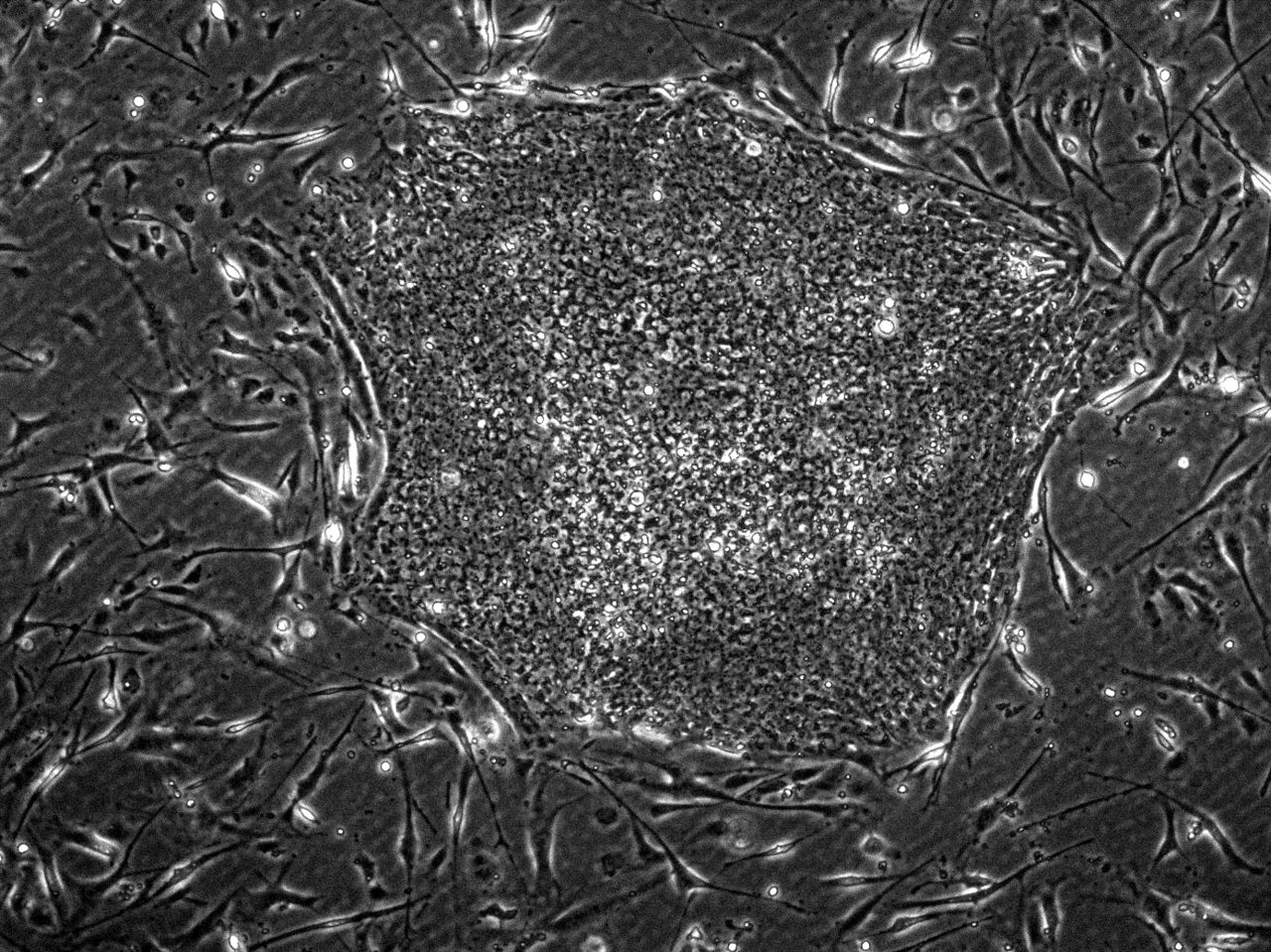
Research Stash Weekly Review #21
- Weekly Review
- 1.3K
Weekly Review #21 – Summary of the latest news in science and technology research across the world, carefully handpicked by team Research Stash
Scientists have designed an Analytical Tool that Predicts Disease-Causing Genes
Predicting genes that can cause disease due to the production of truncated or altered proteins that take on a new or different function, rather than those that lose their function, is now possible thanks to an international team of researchers, including researchers from Baylor College of Medicine, that has developed a new analytical tool to effectively and efficiently predict such candidate genes. Read More
Milky Way’s black hole provides a long-sought test of Einstein’s general relativity
Astronomers have caught the giant black hole at our galaxy’s center stretching the light emitted by an orbiting star — nearly three decades after they first starting tracking the star. Read More
Dads Pass On More Than Genetics in Their Sperm
Seminal research reveals that sperm changes their cargo as they travel the reproductive tract—and the differences can have consequences for fertility Read more
Stem cell breakthrough might help scientists understand why miscarriages happen
All mammals experience a moment in the early stages of life where they’re nothing more than a handful of cells bouncing around a uterus. Read More
Liquid water lake found on the Red Planet
Scientists have uncovered a “a stable body of liquid water” on Mars, in what some are calling a “game changer” in the search for alien life. Read More
Physicists demonstrate a new method to make single photons
Scientists need individual photons for quantum cryptography and quantum computers. Leiden physicists have now experimentally demonstrated a new production method. Read more
High-quality genomes reveal new differences between the great apes
High-quality genome sequences for some of the great apes have been assembled using state-of-the-art sequencing tools. The assemblies provide an unbiased comparison between humans and their closest evolutionary relatives. Read More
Scientists find ‘unprecedented’ reversal of wrinkles and hair loss
At the University of Alabama at Birmingham, scientists researched a way to reverse the visible aging process. Published Friday in Cell Death & Disease, the team revealed its process to turn off the mutation that causes symptoms of aging in mice. Read More
For The First Time, Scientists Witness a Single Hurricane Season Change The Anatomy of a Species
Caribbean lizards that survived the tough 2017 hurricane season have larger toe pads, on both front and back limbs, report researchers. The work is first to demonstrate the effects of hurricane-induced natural selection. Read More
Physicists Are Testing a Mysterious Force That Exists Between Superconducting Wires
Two of the most bizarre phenomena in quantum physics have been brought together in a single experiment for the first time – and scientists are already using the set-up to probe the very limits of reality. Read More
If you liked this article, then please subscribe to our YouTube Channel for the latest Science and Tech news. You can also find us on Twitter and Facebook.


